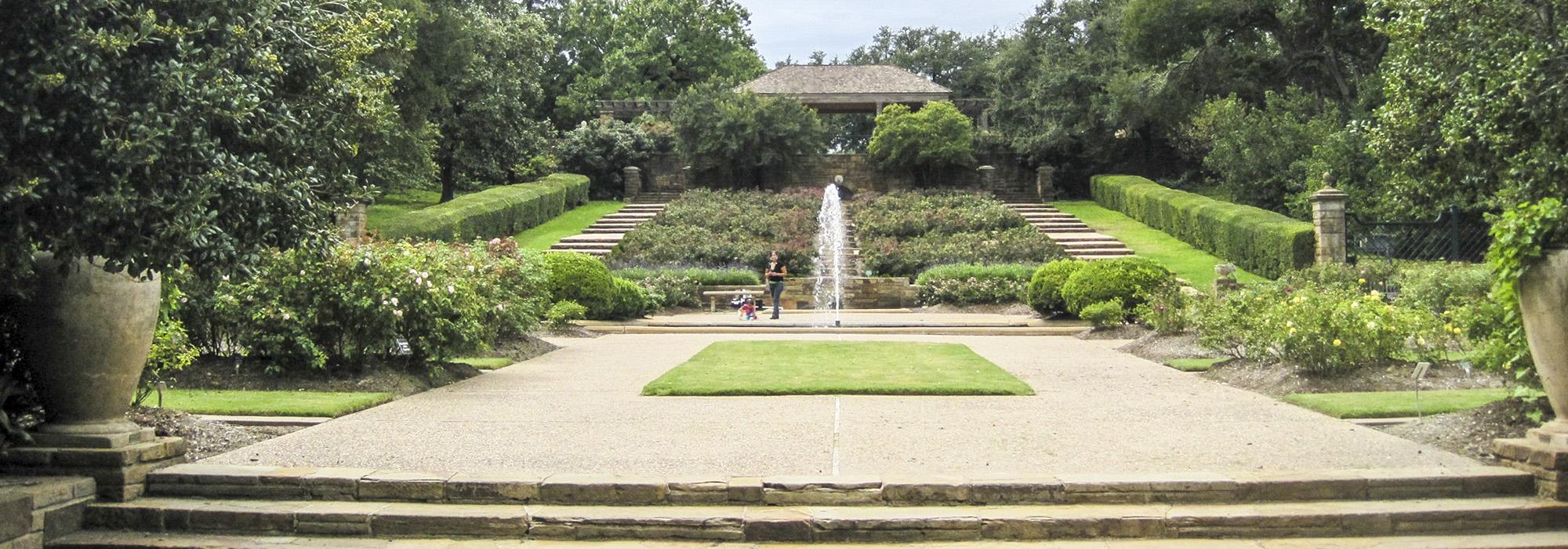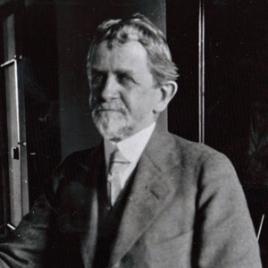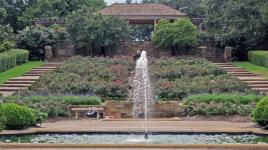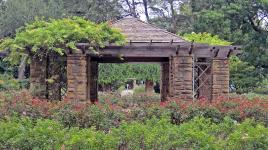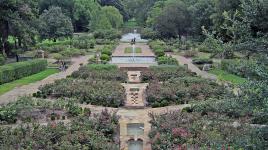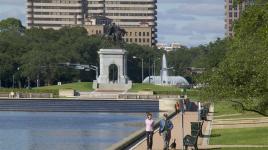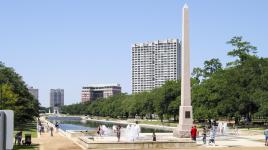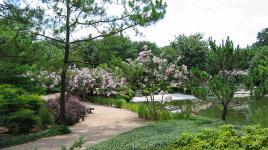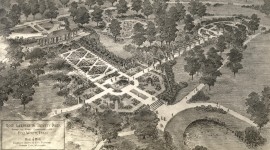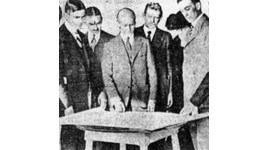Pioneer Information
Born in Louisville, Kentucky, Sidney Hare spent his teenage years in Kansas City, Missouri. In 1881, Hare retained a job in the Kansas City engineer’s office, where he worked with landscape engineer George Kessler. In 1896, he took a position as the superintendent of the Forest Hill Cemetery, where he began to develop his own theories on cemetery design. Hare championed the idea of the cemetery as an arboretum and park, both vocally and on paper, and was a proponent of naturalized cemetery design.
In 1902, Hare started his own landscape architecture practice. In 1910, his son, S. Herbert Hare, became a partner in the firm, which they christened Hare & Hare. Shortly thereafter, in 1912, the elder Hare was made a fellow of the American Society of Landscape Architects. During the early years of the firm, his projects transitioned from the smaller-scale parks and cemeteries on which he had focused his early practice to larger-scale design and planning projects. This change stemmed partially from his earlier association with George Kessler, who initiated the collaboration between the Hares and realty consultant J.C. Nichols. Over the course of his career, until his death in 1938, Hare’s primary focus was on park and cemetery design, while his son, Herbert, specialized in urban planning. Hare’s notable projects, which spanned the United States, included the Parkwood Subdivision, the town of Longview, Washington, the original design of the Fort Worth Botanical Garden, Mission Hills, and Highland Park Cemetery.



